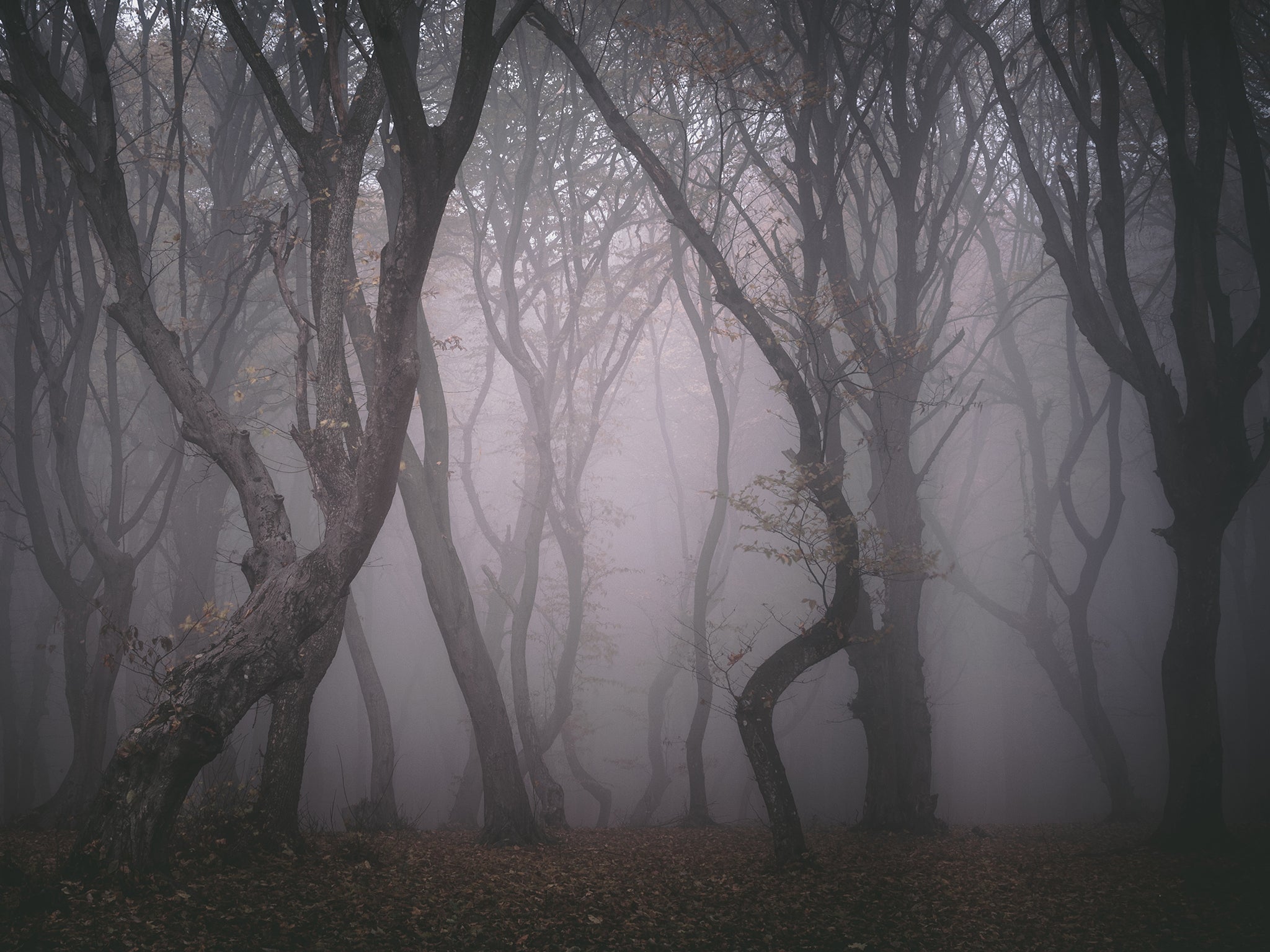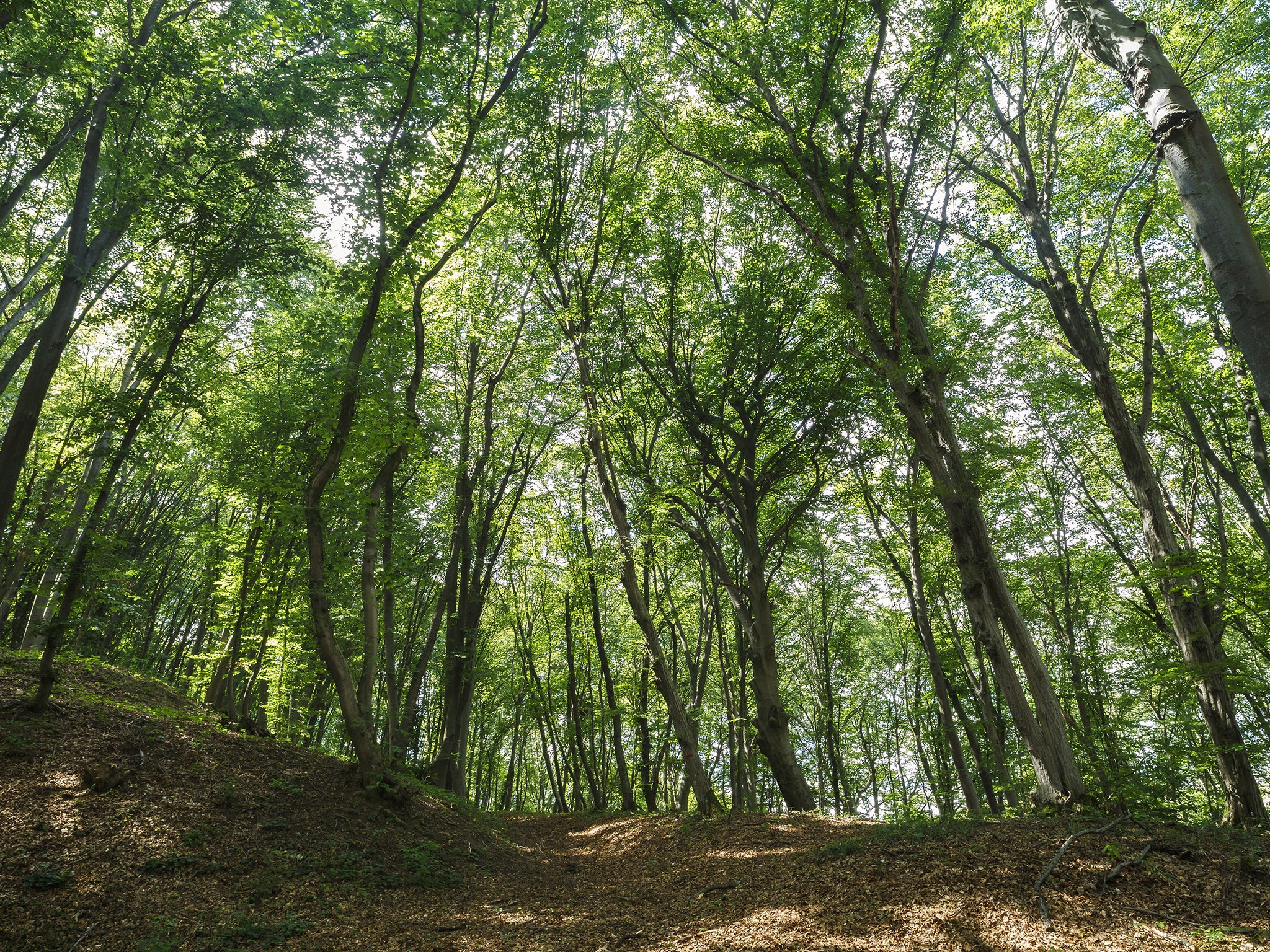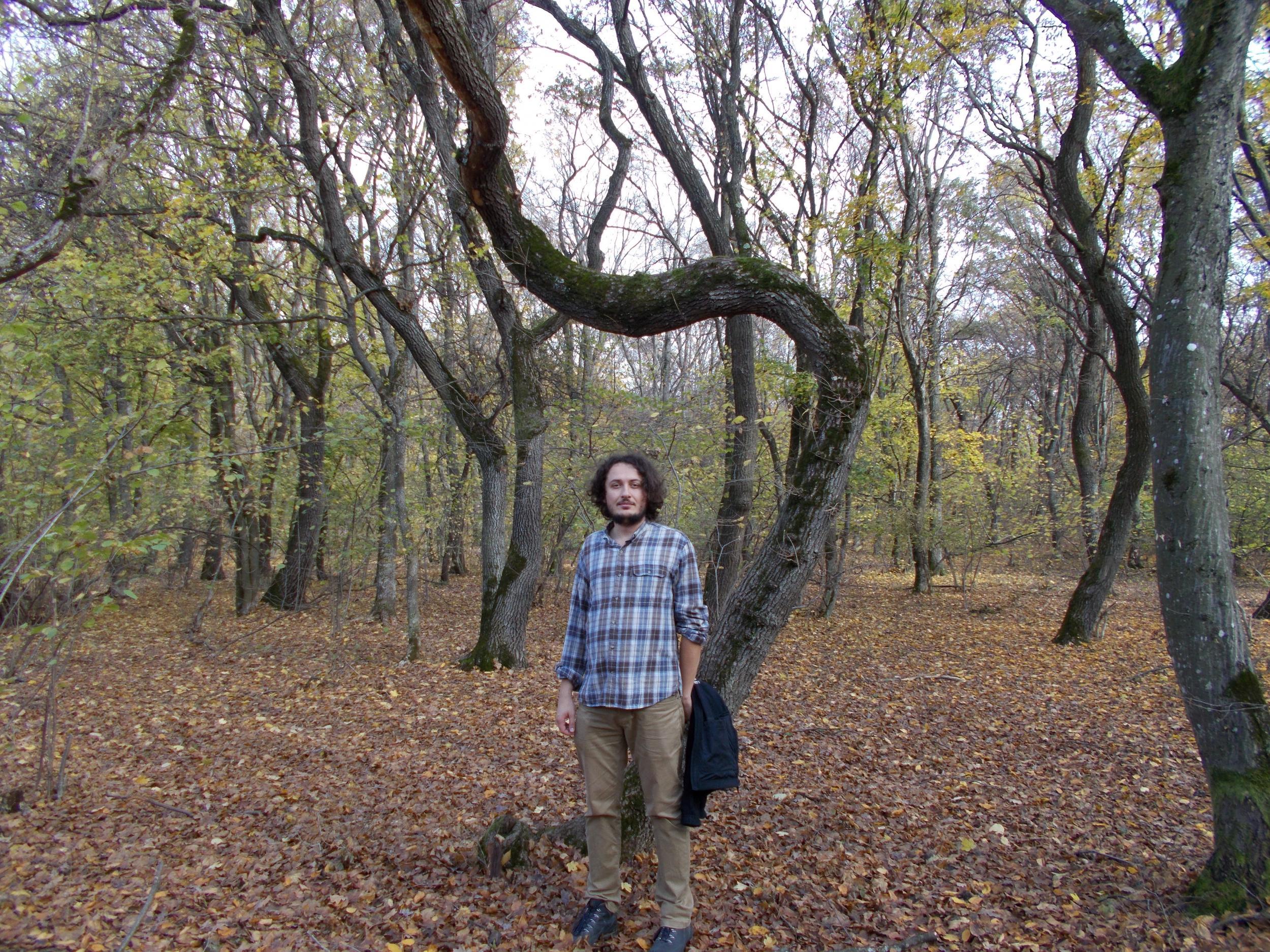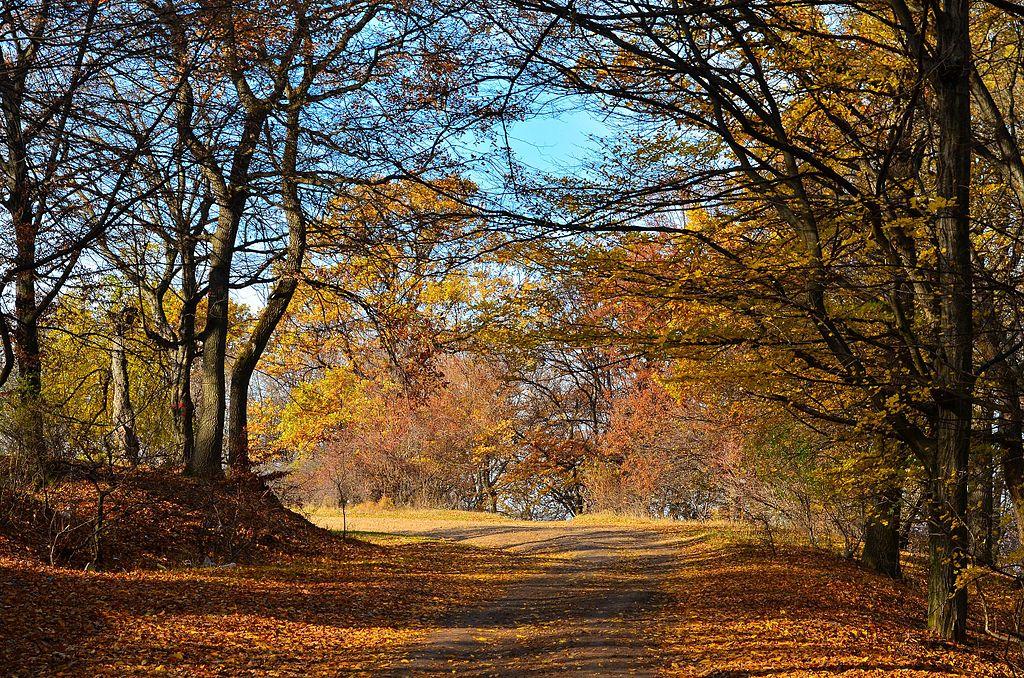The Independent's journalism is supported by our readers. When you purchase through links on our site, we may earn commission.
Hoia Baciu travel guide: Inside the creepiest forest in Transylvania
Forget Count Dracula’s castle; Transylvania’s really frightful place is ‘haunted’ forest Hoia Baciu. Sophie Buchan goes for a night-time stroll

We are in The Clearing. The trees stop in a uniform oval where nothing grows and where, since official records began, nothing has grown. “Once when I came here,” says Alex, our guide, “I found 60 people from Bucharest trying to open a gate into another dimension.”
This is Hoia Baciu, just outside Cluj-Napoca, Romania’s second city in the depths of Transylvania. It has been called the creepiest forest in the world. And The Clearing is, allegedly, the creepiest place in the forest. It defies the investigations of soil scientists and attracts Romanian witches, sword-wielding Americans, and people who try to cleanse the forest of evil through the medium of yoga.
In the English-speaking world, the words “Transylvania” and “Halloween” conjure up a pre-Twilight Edward Cullen scaling the walls of his castle. But tourists coming to Romania for a Dracula experience are likely to leave disappointed. Romania is resistant to the Dracula legend. His namesake – Vlad Dracul or, more commonly, Vlad the Impaler – is a national hero. And Bran Castle, the most explicitly Dracula-themed attraction, has only a tenuous connection to Stoker’s creation, plus the priggish feel of a National Trust property. So here I am, on a night-time tour of the Hoia Baciu Forest, trying to find a real fright in autumnal Transylvania.

Named after a shepherd who went missing in the forest with a flock of 200 sheep, Hoia Baciu came to international attention in 1968 when Emil Barnea, a military technician, photographed what he claimed was a UFO hovering over The Clearing. What differentiates this story from other UFO claims is that Barnea had nothing to gain from reporting the sighting, and everything to lose. The Communist government equated a belief in the paranormal with madness and state-sabotage, and Barnea lost his job in a country which had no support for the sacked.
Today, visitors to the forest report strange symptoms – nausea, anxiety, the feeling of being watched – and the failure of electronic devices. “Ectoplasms” are routinely seen by joggers brave enough to enter. Alex shows us pictures of the forest photobombed by shadowy figures. One shows a man in the traditional dress of northern Romania – a very local ghost.

Alex likes to maintain a healthy distance from the more full-on forest myths – like the story of the five-year-old girl who disappeared into the forest, emerging years later, unchanged and in the same clothes - yet even he’s not immune to the legends of Hoia Baciu. Originally, I’d asked whether we could camp in the forest overnight, having been told it was possible. He had politely rebuffed me, blaming the October weather.
But it turns out Alex doesn’t like sleeping in the forest. The first time he camped overnight, he tells me, once we’re inside it, he and his friends kept being woken by “a very loud hoof noise, like a horse or a particularly large deer”. Every time they would stick their head out from the tent to investigate, the noise would stop. The next time, he slept in a hammock to get closer to whatever was causing the sound. His visit was cut short when a bat smashed into his face.
Now, the easy part is over. Twilight has passed, the sun has set, and we are very much alone in a dense, dark forest. Or are we?
We point our flashlights at misshapen trees – many here grow in zig-zag patterns or in spirals, a phenomenon which has not been plausibly explained by any of the scientists who have come to investigate. What’s more, every single tree that spirals does so in a clockwise direction.
I ask Alex the creepiest thing that has happened to him on the tours. “Well, there was a man who went crazy, thinking he’d met a demon. He’d just got a massive tattoo of a demon on his chest, to ward off demons.
“But the scariest thing happened to my colleague. He once did an extended night tour, one-on-one, with a very morbid man who talked about his obsession with death, how he enjoyed being with people as they die, watching them die. That was a long night for Marius.”

Alex and Marius are famous in Japan, where 20 million people watched a documentary about ghost-hunting in Hoia Bacu in 2015. They’ve come a long way since 2013, when they were contemplating starting a business taking tourists to the forest, and their friends declared they were nuts. “They said, ‘Even locals are too scared to come to the forest, foreigners will think you are going to take them to a dark, creepy place then rip out their kidneys.’”
We reach a tree that has grown in an arc. Perhaps this is the portal to another dimension. We walk through, and Alex tells us to make a wish – some locals believe the “energy” of the forest can be used for good, he says.
And now we emerge to see the skyline of Cluj-Napoca. There have been no aliens. No ghosts. No moments of fear, either – only a strange sense of fatigue experienced by another woman on the tour.
But then, I remember Alex’s words before we set off: “The forest is only haunted if you bring your own ghosts.”
Travel essentials
Getting there
Trying to fly less?
Reach Cluj entirely by train: the Eurostar runs from London-Paris; change for a Paris-Munich service. From there, you can catch a sleeper train to Budapest and take an onward service to Cluj Napoca. The entire journey takes around two days, depending on connections.
Fine with flying?
Wizz Air flies from London Luton to Cluj-Napoca.
Staying there
Pension Déjà Vu has rooms from €40 per night.
More information
Night-time tours of the forest with Alex Surducan cost £25. Daytime tours are also available. The pick-up point is in central Cluj-Napoca.
Join our commenting forum
Join thought-provoking conversations, follow other Independent readers and see their replies
Comments
Bookmark popover
Removed from bookmarks